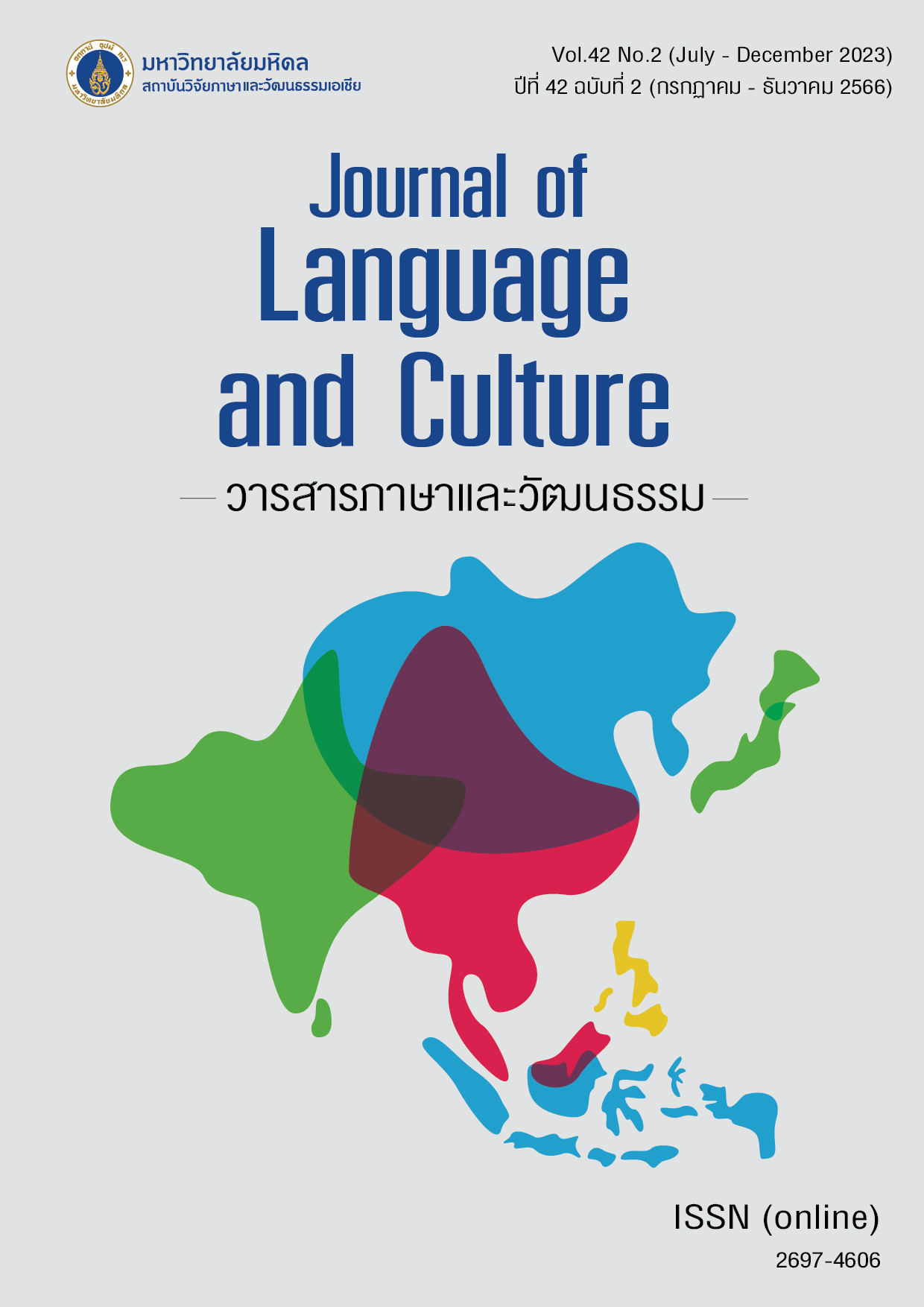Proto-Parallels between Early Korea, Thailand and Cambodia
Main Article Content
Abstract
This article explores parallel discourses of state formation and transitions to early history between two distinct regions of Asia: Mainland Southeast Asia with a focus on Thailand and Cambodia, and southeastern Korea. Across these regions it compares the archaeology and interpretative discourse of material cultures formative to the following early entities: Dvāravatī (central Thailand), Pre-Angkor (Cambodia and northeast Thailand), and Silla and Kaya (Korea). It argues that for both regions the period of the fourth to fifth centuries can be treated as one in which the cultures were at a proto-state level of complexity. This period is characterized by the dovetailing of two trajectories: continuity from preceding periods, and incipient state-level developments. Calibrating Korean scholarship, this article correlates the ‘Proto-Three Kingdoms’ period used in archaeology to the former, and current discourse of ‘incipient statehood’ (ch’ogi kukka) to the latter. For Pre-Angkor and Silla, the archaeology can additionally be correlated to proto-historical elites evinced from earliest epigraphy and other proto-historiographical sources (transmitted accounts). Based on these parallels, this article contends that the political geography of the cultures can be defined as ‘semi-protected regions’ and that their synchronized trajectories to early state and charter-hood provide a case for a trans-Asian proto-historical period.
Article Details
The articles featured in the Journal of Language and Culture (JLC) constitute academic works representing the viewpoints of the respective author(s). It is crucial to note that these opinions do not necessarily reflect those of the Editorial Board.
All articles published in JLC are released under the Creative Commons Attribution 4.0 International License (CC BY 4.0). This license grants permission for unrestricted use, distribution, and reproduction in any medium, provided proper credit is given to the original author(s) and the source.


